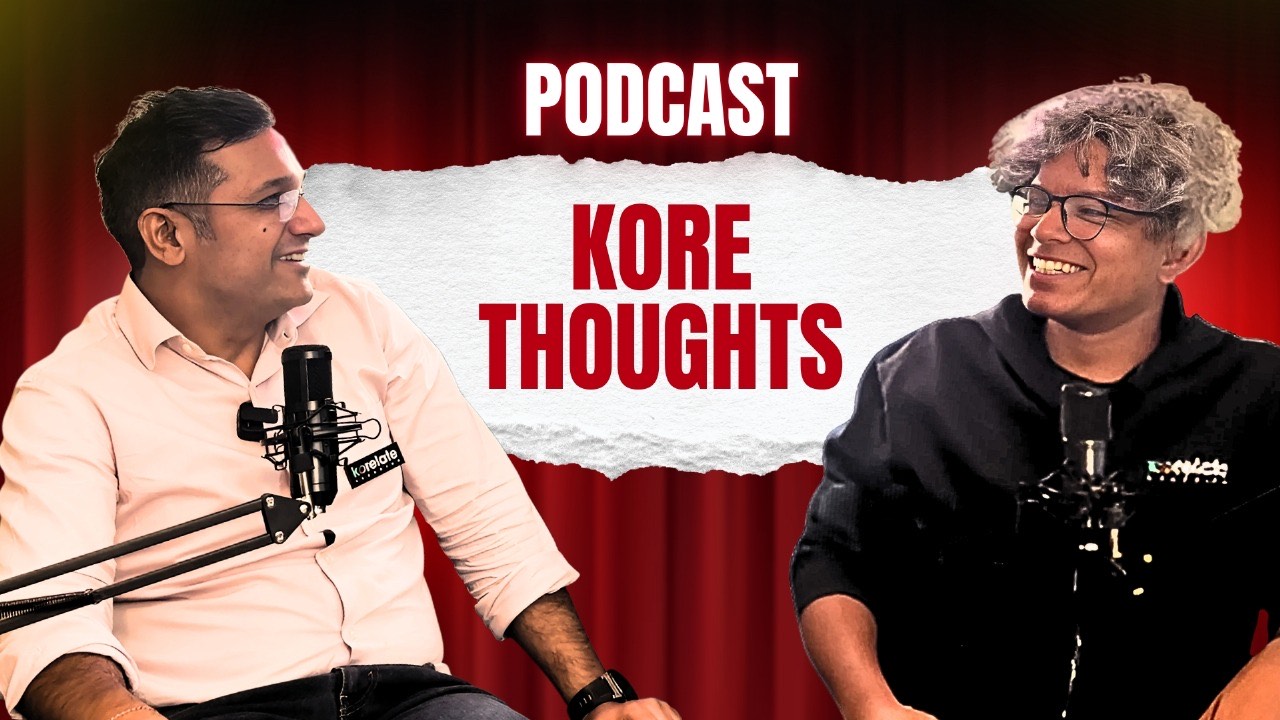The reputed management consultancy firm McKinsey defines “Leadership” as a set of mindsets and behaviours that aligns people in a collective direction, enables them to work together and accomplish shared goals, and helps them adjust to changing environments.
There are two sides to this leadership ‘coin’: leading self and leading others. However, what is common to them is having your leadership mode always on. Here’s how it works.
1.Respect: Being open requires one to respect everyone. Only if you respect everyone, will you respect differences, backgrounds, ideas and perspectives. Once you consciously start respecting others, you will find that you are becoming more open automatically.
2.Learning from Mistakes: You should also be open to making mistakes and being wrong. How else will you learn and change?
3.Self-Awareness & Reflection: The next step is to be aware of how you react to differences, both in the way you think and act. If your reaction to the differences you find result in ignoring inputs or becoming defensive, then you are losing an opportunity to learn and grow.

Self-reflection helps you in measuring how you have moved the needle over a day, week, or months. Are you observing, experiencing and absorbing some/all inputs and applying what you have learnt to become a better person? If not, then you are wasting your time, the most critical and limited resource you have.
I have been in numerous meetings where the “leaders” do most of the talking, ignoring better ideas or trample over any objections without taking any effort to understand the background or merit of the inputs. You do not need a meeting to take such actions. An e-mail is enough to declare what needs to be done. This will save everyone’s time. However, does it really build a stronger and better organization?
Switching Leadership Modes
If you are in a group setting, then it is essential to keep switching your leadership hat depending upon the situation, irrespective of whether you are the leader of the group or not.
Lead Everyone, Lead Self – If it is an area where you are an expert, having more knowledge and experience than others, then you not only lead the ideation but also ensure that any input from others that can help you become better is also being acted upon.
For example, if there is a meeting to transform the Performance Management Process, the PMP head, being a Subject Matter Expert, can not only lead the meeting from ideation perspective but also lead it from making the meeting inclusive, review the ideas from the lens of the organization, limitations and best practices to come up with the most optimum solution.
Do Not Lead Everyone, Lead Self – When there is someone much better than you in a particular area, then you relinquish the leadership in that area but keep the leadership in other areas and the self-leadership mode on.
While the expert can weigh the pros and cons of the idea, you as a leader will ensure that there is required participation, dialogue, and that the effort is moving in the right direction. Your endeavour in leading self remains unchanged.
In the previous example, if the PMP system has to be made more effective, efficient and with a great employee experience, then the PMP head should take a back seat from the Subject Matter Expertise perspective as that role will be taken up by the HR Tech Experience expert. The PMP head may or may not play the leadership role in managing this meeting.
Leadership is About Developing More Leaders
In both above scenarios, as a leader, you must keep building these skills in the rest of the group. Your most important role, as a leader, is to develop more leaders.

Are you making others understand the power of being open, self-aware, practicing reflection and learning continuously? Do they feel positive when they interact with you? Do they look forward to an interaction with you as they know they will learn something new?
As part of the annual goal setting exercise, everyone in my team must have one key goal that keeps the lights on of their function (RTB – Run the Business, inspired from banks who call it Run the Bank). The remaining goals must be GTB (Grow the Business) goals– initiatives that will take your function/work to the next level.
These goals are aspirational. For example, improve the employee experience of my processes by 30% and efficiency by 20% and would require the person to upgrade his/her existing skills or develop new skills. These could include skills like learning design thinking for improving employee experience or analytics to get insights that can improve the processes
Continuous Learning and Moving Forward
It often takes a fundamental behavioural shift to recognize and accept that everyone is different, and we need to be open to ideas, perspectives and approaches.
If we are not moving forward or learning anything in our interactions or meetings, we need to change our approach. Regular meetings- say, monthly- of all team members with their leaders help everyone in understanding how progress on their goals is helping their function in achieving its goals. These meetings are also a place to seek help, provide inputs, share learnings. I have quarterly meetings with my leaders and repeat the same process at a function level.
This approach has brought about a sea change in the way people view their work: suddenly, it is no longer a boring job or the performance management process is not about ratings but about development. Consequently, team members take the initiative to push leaders on how they want to manage their work, innovate and grow as a person.
I encourage my team to apply the same principles in their personal lives too as growth is not limited to professional space.
Justifying The Leadership Role
Of course, there are several other important attributes to being a leader such as being a role model, ensuring that no one is afraid of you or having great listening skills, to name a few.
However, based on my personal experience of working with several business leaders and diverse teams, I am a firm believer that if we focus on the few aspects discussed above, one can do justice to the role of being a leader.
By Sanjeeva Maithani
Vice President, Human Resources
Zensar Technologies

Sanjeeva Maithani has been leading teams in different HR areas like Total Rewards, Performance Management, HR Technology & Operations, HRBP for 25+ years across geographies. He is passionate about developing leaders who grow as a person loving all aspects of life and humanity.
Looking to develop the leadership talent in your organization? Let Korelate Learning help with one of several customized leadership development workshops. Whether it is helping improve business communication or inculcating a growth mindset, these leadership workshops are designed to unlock and unleash the leadership potential of your people. Contact us now!
Images courtesy: Knowledge @ Wharton | IMD | Triple Crown Leadership







